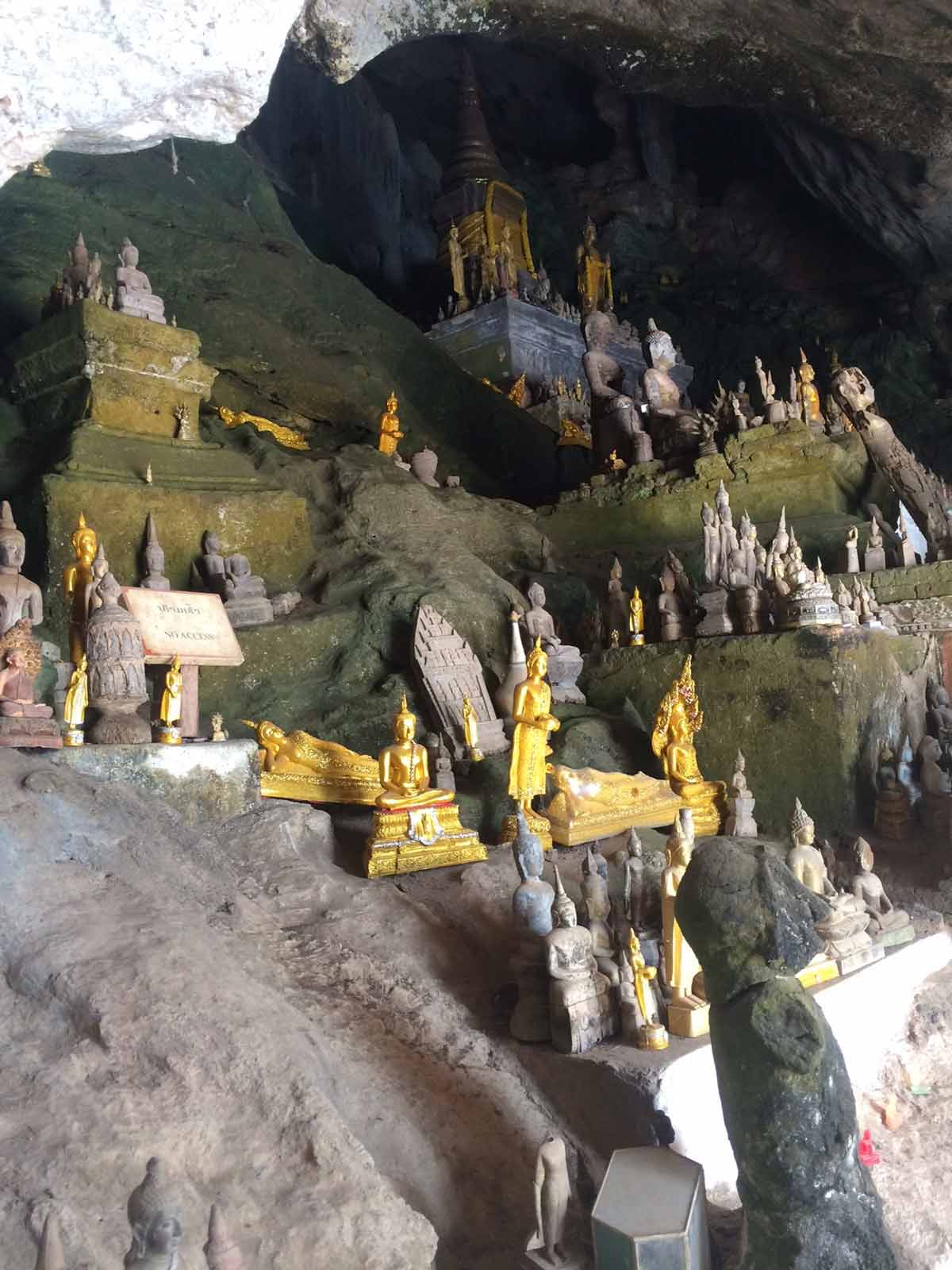 When you think of capitals of ancient empires, you may picture grand castles set in foothills surrounded by pine forests. However, deep in the heart of Indochina, you will find one set amid rolling hills and a tropical rainforest of teak and bamboo and whose riches are measured in the warmth of the people, their culture as well as the vast natural beauty.
When you think of capitals of ancient empires, you may picture grand castles set in foothills surrounded by pine forests. However, deep in the heart of Indochina, you will find one set amid rolling hills and a tropical rainforest of teak and bamboo and whose riches are measured in the warmth of the people, their culture as well as the vast natural beauty.
UNESCO recognized Luang Prabang in north central Laos as a World Heritage Site for these virtues in 1995. The heart of Luang Prabang sits on a tiny peninsula where the Nam Khan and Mekong Rivers join. Within the town you find the blend of ancient Lao art and architecture with the French colonial influences of the 19th and 20th centuries. Dozens of temples and monasteries, ranging from quaint to the grand, dot the town, giving homes and education to hundreds of saffron-robed Buddhist monks who walk the tree-lined streets at dawn receiving alms from the townspeople.
Just outside of town, adventure awaits. Take that bike ride through the outskirting villages. Or, for those a little more fit, ride up to one of the beautiful waterfalls not far away (you can also hire a tuk-tuk). A bit north of town, where the Mekong is joined by another river, are the Pak Ou caves. The treasures you find here are thousands of damaged Buddha statues that locals have deposited here for hundreds of years (good karma maintenance suggests you don’t throw broken Buddhas away). Though most visitors arrive there by boat from just across the river, you can also get there by kayak. Start several miles upriver to work up an appetite for the delicious local lunch served on banana leaves. Back in Luang Prabang, don’t forget to climb the 328 steps of Mt. Phousy for breathtaking views of town, the Mekong and the entire valley.
The recommended mode of transport through town is your own two feet or bicycle. The layout is perfect for either, though a bicycle gives you a bit more geography to explore. Many of the hotels even have bike shares. November through March is high season when temperatures are a bit cooler. Avoid April through June as it is hot and dry and foliage a bit brown. July through October is the low and rainy season. But rains are brief, the foliage is lush, and going in the off season means fewer crowds.
